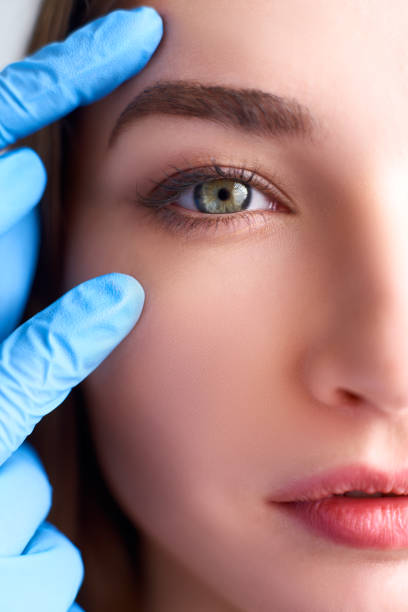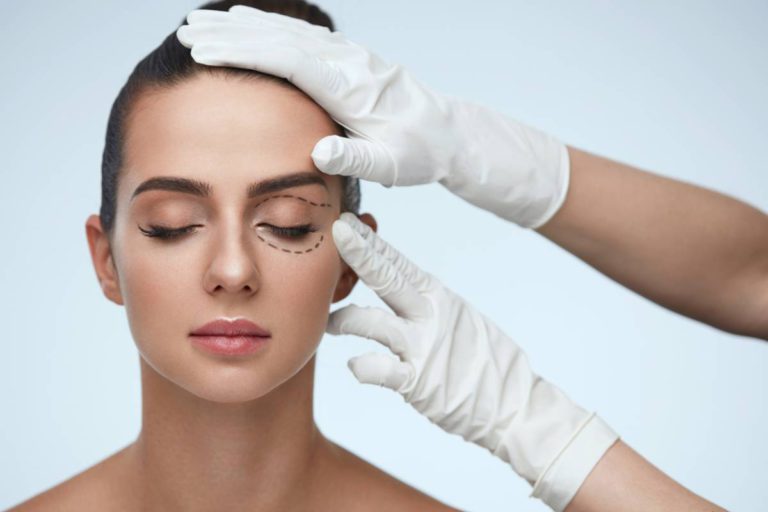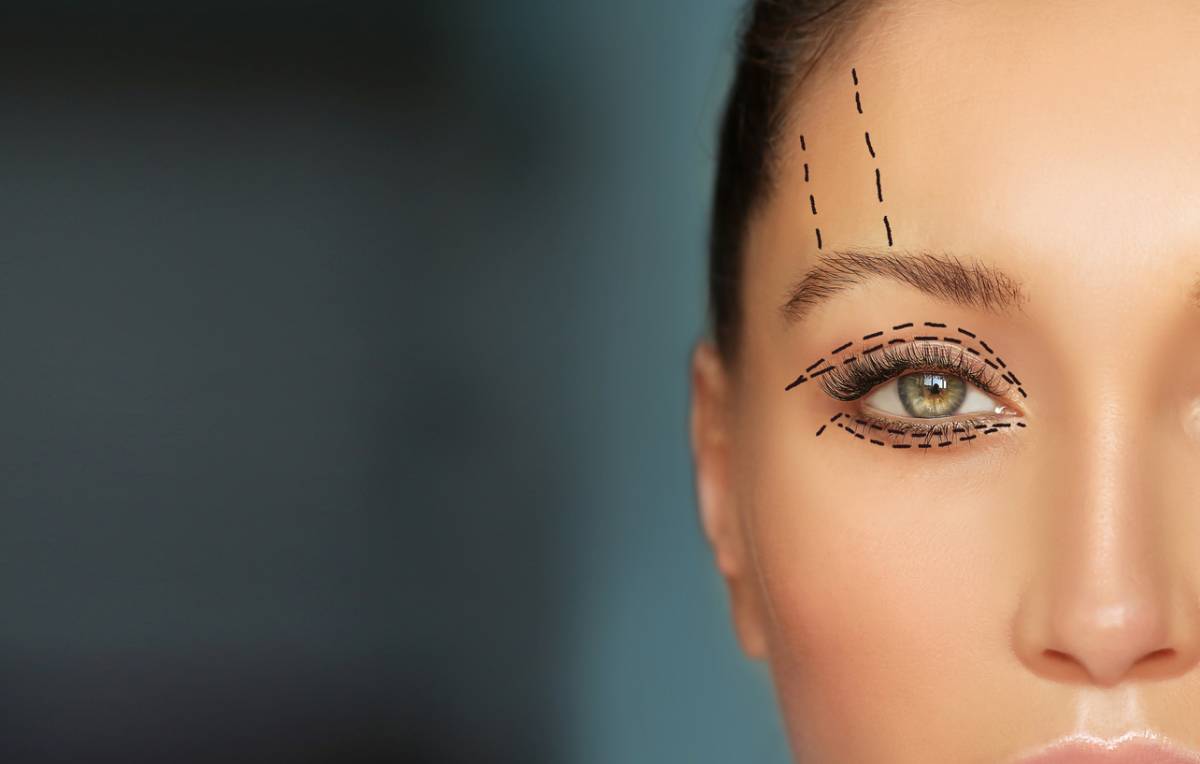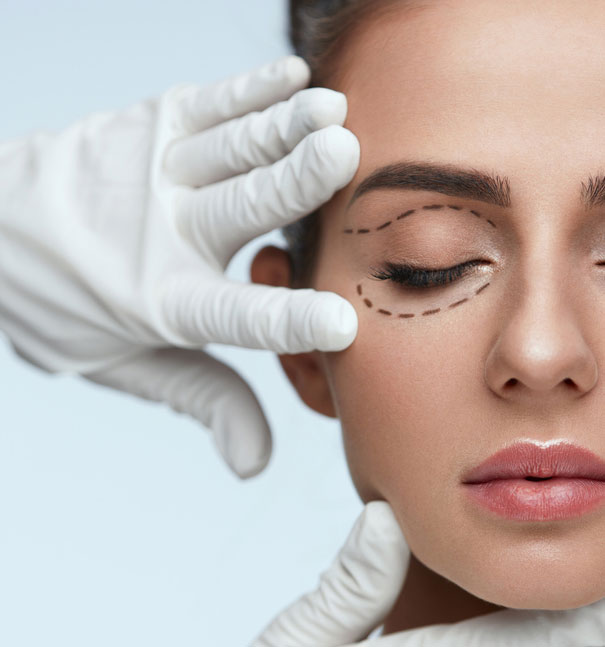Double eyelid surgery, also known as blepharoplasty, is a popular cosmetic procedure that creates a crease in the upper eyelid. This surgery is often sought by those with monolids or those who desire a more defined and larger eye appearance. In this article, we’ll delve into the reasons people choose this procedure, the different types of surgery, and important factors to consider before undergoing double eyelid surgery.
Table of Contents
Why People Choose Double Eyelid Surgery
Cultural Factors
In some East Asian cultures, having double eyelids is perceived as more attractive or desirable. Thus, many people opt for this surgery to conform to societal beauty standards or to boost their self-confidence.
Aesthetic Preferences
Some individuals simply prefer the appearance of double eyelids or want to enhance the size and shape of their eyes. Double eyelid surgery can also create a more symmetrical appearance, which is often associated with attractiveness.
Medical Reasons
In some cases, double eyelid surgery is necessary for medical reasons, such as ptosis (drooping eyelids) or excess skin that impairs vision.
Understanding the Procedure
Types of Double Eyelid Surgery
Incisional
This method involves making an incision along the desired crease line to remove excess skin, muscle, and fat. The remaining skin is then stitched together to create a new eyelid crease.
Non-incisional
Also known as the suture method, this technique uses stitches to fold and create a crease without removing any skin. This method is less invasive and typically results in a faster recovery time.
Surgical Process
Regardless of the chosen method, double eyelid surgery is typically performed under local anesthesia with sedation or general anesthesia. The entire procedure usually takes one to three hours.
Preparing for Double Eyelid Surgery
Consultation
An initial consultation with a qualified surgeon is essential to discuss your goals, assess your suitability for the procedure, and determine the best surgical approach.
Pre-Operative Care
Prior to surgery, you may be advised to stop taking certain medications, avoid smoking, and maintain a healthy lifestyle to minimize complications and promote healing.
Recovery and Post-Operative Care
Immediate Post-Surgery
After surgery, patients can expect some swelling,
bruising, and discomfort, which usually subsides within one to two weeks. Cold compresses, prescribed pain medication, and keeping the head elevated can help alleviate these symptoms. Stitches are generally removed within a week, and most patients can return to work and normal activities within two weeks.
Long-Term Care
Scars from incisional double eyelid surgery will gradually fade over several months. It is crucial to protect your eyes from the sun by wearing sunglasses and applying sunscreen. Following your surgeon’s instructions for post-operative care is essential for optimal results and preventing complications.
Risks and Complications
As with any surgery, there are potential risks and complications associated with double eyelid surgery. These may include infection, bleeding, scarring, asymmetry, or the need for revision surgery. Choosing an experienced and qualified surgeon can help minimize these risks.
Costs and Financing
The cost of double eyelid surgery varies based on factors such as location, surgeon’s experience, and the complexity of the procedure. Health insurance typically does not cover cosmetic procedures, so patients should be prepared to pay out-of-pocket or explore financing options.
Choosing the Right Surgeon
Selecting a board-certified plastic surgeon with experience in double eyelid surgery is crucial for achieving the best results and minimizing risks. Consult with multiple surgeons, view their before-and-after photos, and read patient reviews to make an informed decision.
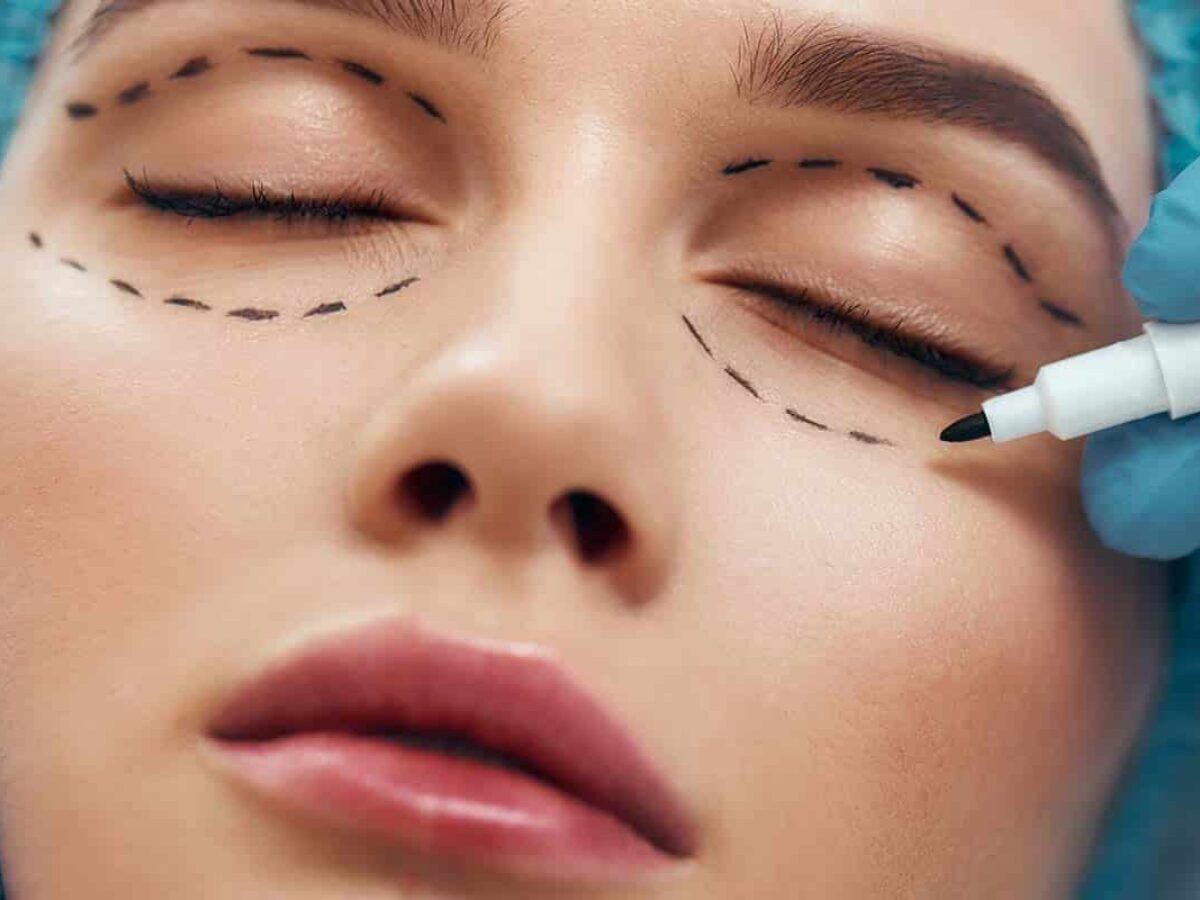
Alternatives to Double Eyelid Surgery
For those who are hesitant to undergo surgery or prefer non-invasive methods, there are alternatives to double eyelid surgery:
- Eyelid tape: A temporary solution that uses adhesive strips to create a crease.
- Eyelid glue: Similar to it tape, but uses a liquid adhesive.
- Nonsurgical treatments: Options like Botox or dermal fillers can provide subtle changes in the eye area, but they do not create a permanent double eyelid.
Conclusion
Double eyelid surgery can enhance the appearance of the eyes, boost self-confidence, and even address medical concerns. It is essential to carefully consider your goals, research the procedure, and consult with a qualified surgeon before deciding to undergo this life-changing surgery.
You May Also Like:LASIK Surgery: Will the Results Last a Lifetime?

